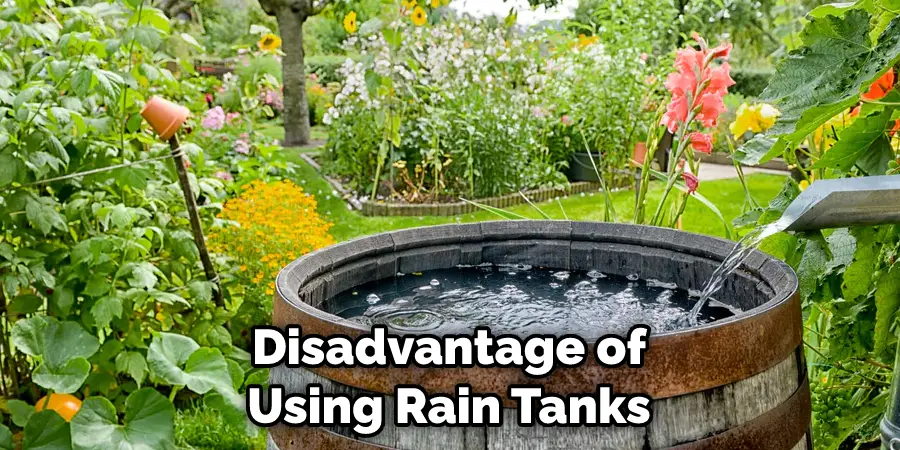Utilizing rainwater for plants is not merely a sustainable practice but also a profoundly strategic approach to gardening. Implementing effective methods for rainwater storage can nurture a bounteous garden, promote plant health, and contribute significantly to environmental conservation. Understanding how to store rainwater correctly is essential for any gardening enthusiast.
Rainwater harvesting is an ancient technique that has been adapted in modern contexts. This method maximizes water efficiency, reducing dependence on municipal supplies and helping promote ecological balance. However, improper storage can lead to contamination or ineffective usage. This guide elucidates the right way to store rainwater for optimal use in plant care.
Rainwater Storage Systems and Solutions
Choosing the right system for collecting and storing rainwater is crucial. Beyond mere barrels, there are diverse options tailored for different needs. Here are a few prominent systems:
Rain Barrels
Rain barrels are commonly used for basic collection and storage. Typically made from food-grade plastic or recycled materials, these barrels can hold varying capacities, usually ranging from 50 to 100 gallons. They are often positioned beneath downspouts to catch water from roofs. Adding a removable screen can prevent debris and insects from contaminating the water.
Cisterns and Tanks
For more serious gardeners or those with larger requirements, cisterns offer significant capacity. Unlike barrels, these can store thousands of gallons and are often above or below ground. A properly installed cistern can provide a reliable water source during dry spells. Moreover, underground cisterns help reduce evaporation while keeping the water cool and clean.
Integrating Pump Systems
Using a pump system alongside your storage unit can greatly increase efficiency. When combined with cisterns, a pump can easily distribute water throughout the garden. Rainwater can be directed into irrigation systems, such as drip irrigation or sprinklers, ensuring that plants receive adequate hydration without waste.
Choosing Appropriate Location for Your Storage
The placement of storage systems is paramount in optimizing rainwater collection. Effective positioning increases yield and ensures ease of access for watering plants. Here are significant considerations:
Proximity to Downspouts
Installing storage systems near downspouts allows immediate collection from the roof runoff. This simple adjustment can maximize the amount of rainwater harvested, especially during heavy rainfall. Avoid obstructions that might direct water away from your barrels or cisterns.
Elevation Matters
To leverage gravity for distribution, consider placing your barrels on a raised platform. By elevating the catchment, you create natural pressure that allows for easier access. This setup aids in gravity-fed irrigation systems, making the watering process more efficient.
Avoiding Contaminants
Placement should also consider potential contaminants. Keep storage units away from sewage lines, chemicals, or areas prone to runoff from vehicles. To maintain water purity, ensure materials surrounding the storage system are clean and organic, avoiding any proximity to pollutants.
Maintenance of Your Rainwater Storage System
Consistent maintenance is central to effective rainwater storage. This ensures that the water remains clean, useful, and available throughout the growing season. Here are some key maintenance practices:
Regular Cleaning
Cleaning your storage unit is essential. Remove debris, leaves, or anything that might accumulate in or on the surface of your barrels or cisterns. A clean storage space prevents stagnation and contaminants, allowing for fresher water.
Periodic Inspections
Inspect your systems for leaks or potential breaches. Cracks or holes can lead to water loss or contamination risk. This not only compromises your plants’ hydration but may also result in wasted resources.
Adding Treatment Options
To ensure optimal water quality, consider adding treatment options. For example, using non-toxic water treatment methods, such as chlorine tablets or UV purification systems, can help maintain water hygiene. Additionally, using water-soluble fertilizers sparingly can enhance the nutrient profile of collected rainwater during watering sessions.
Harnessing Rainwater for Optimal Plant Growth
Once your rainwater storage is appropriately set up and maintained, effective application ensures your plants thrive. Here is how to utilize this precious resource effectively:
Understanding Plant Needs
Different plants have varying water requirements. Familiarizing yourself with specific needs will help prevent over or under-watering. Some plants thrive on consistently moist soil, whereas others prefer intervals of dryness.
Time Your Watering Wisely
Watering at the appropriate times enhances absorption. The best practice is to water plants during the cooler parts of the day, either early morning or late afternoon. This timing minimizes evaporation losses and ensures that plant roots effectively absorb the moisture provided.
Utilizing Mulch
Employing mulch around your plants can increase water retention in the soil. Mulch acts as an insulator, reducing moisture loss while suppressing weed growth. This combination allows the stored rainwater to remain effective longer, prolonging hydration for your plants.
In conclusion, storing rainwater for plants is a gratifying venture that supports sustainability while enhancing your gardening efforts. By selecting appropriate storage systems, maintaining them effectively, and understanding your plants’ needs, a flourishing garden can thrive through rainfall alone. Embracing this practice does not only benefit you as a gardener but also contributes to a more sustainable world.





Leave a Comment